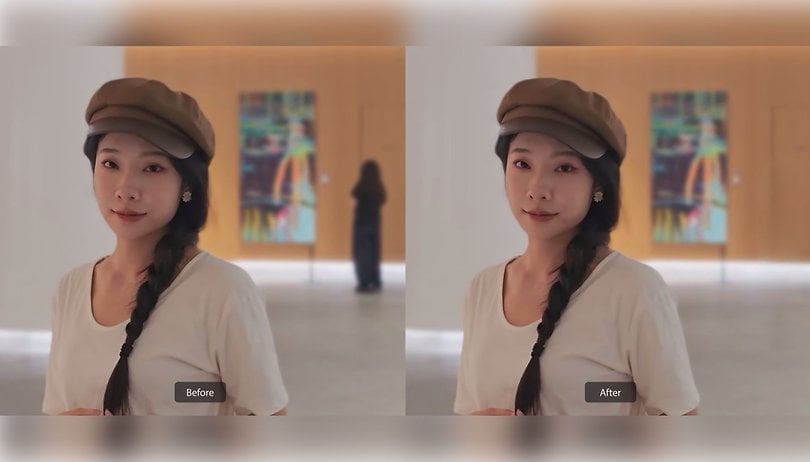What is a Video? New AI Tool Acts as a Magic Eraser for Your Recordings


Read in other languages:
If you're already weary of the debates around edited photos, brace yourself for the next step: video editing. ArcSoft has unveiled a fresh feature—a "Magic Eraser" for videos—that removes unwanted objects from recordings directly on your device.
This innovative tool, called Video Object Eraser, was briefly mentioned during the Snapdragon 8 Gen 3 launch last year but has yet to appear in any smartphones equipped with that chip.
However, at the Snapdragon Summit 2024, Cisco Cheng, Senior Director of Product Marketing at Qualcomm, revealed in a conversation with nextpit that a phone manufacturer is currently negotiating to bring ArcSoft’s technology to the market. The specific brand has yet to be named.
Magic Eraser for Videos
Running on a Qualcomm Reference Design (QRD) device powered by the Snapdragon 8 Elite, the ArcSoft demo closely resembled the Magic Eraser tool available on the Google Photos app. Here's how it worked:
- Open a video in the app.
- Brush over the person or object you want to remove.
- Wait for the app to process the frames.
Processing took approximately four times the length of the video, so the feature is not yet suitable for live video editing, even if live feeds were supported.
While the demo didn’t produce flawless results—particularly struggling with more complex backgrounds like the Snapdragon logo—the technology performed well in simpler scenes, such as grassy areas.
It’s clear that the potential is there—especially evident in this demo from Arcsoft. Unlike photos, videos offer the advantage of using previous and future frames to reconstruct missing elements, which likely helped improve the demo’s quality.
Similar techniques, such as motion vectors, are already employed in super-resolution and frame generation technologies on desktop PCs to upscale or interpolate missing pixels or video frames. This means there’s significant ongoing research in this area.
AI and the Future of Video Editing
Alongside the rapid advancements in AI-driven video editing, efforts are underway to detect and tag AI-altered media. Projects like C2PA, of which Qualcomm is a member, aim to establish a standard for identifying AI-edited content.
However, it remains to be seen whether these initiatives can keep up with the pace of development in video manipulation technologies. In the meantime, it’s wise to approach edited videos with the same caution you would an edited photo.
- Also interesting: Magic Eraser: This tool shines on Google's Pixel 6!
What do you think? Do edited videos and photos lose their authenticity, or do you believe technology is simply democratizing access to editing tools that have always existed? Share your thoughts in the comments below!


















